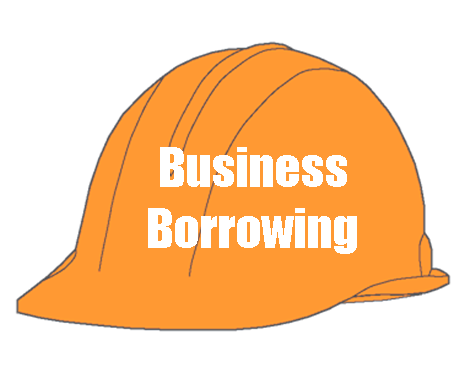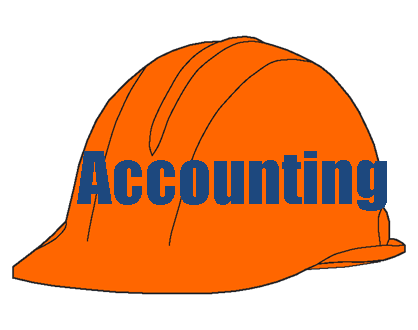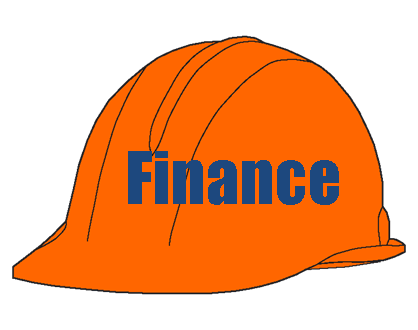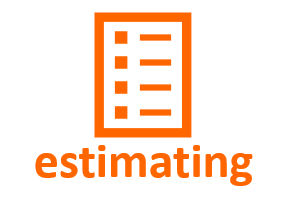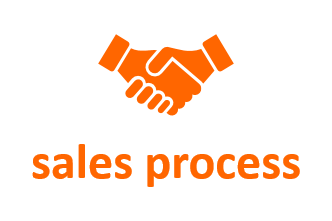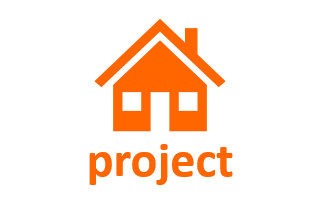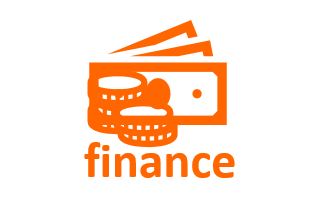BUSINESS BORROWING
Understanding What a Bank Wants
The key to acquiring business loans is understanding the banker's mindset as you sit across the desk from her.
A Special Kind of Subcontractor
Banks...Most builders have one, need one, or are looking for a new one. Unless you were born rich, a stable banking relationship is a necessary part of your business plan.
When you have the perfect site, the perfect plan, and the market is right, it is time to gather your numbers, buck up your courage, and go talk to the bank about a business loan.
Most often, the banker listens to your story and says, "Gee, that sounds great. I just need a few basic documents", and then hands you a list of documentation requirements that fills a legal size piece of paper (small print, of course). The paperwork polka cranks up.
Banks are a special kind of subcontractor. They want to make business loans, because that is the way they make money...that is the business they are in. But-- when the bank lends money, they want to make sure that you are going to pay it back.
The bank is more interested in getting the money back than making the business loan, especially in a low interest rate environment. If the bank is lending money at 7%, and one $100,000 loan goes bad, the bank has to make fourteen other successful $100,000 loans just to break even for the year.
Banks don't like to just break even.
You Are A Risk
Put yourself in the lender's chair for a minute. Bankers, especially loan officers, are in the business of managing risk. When you apply for a business loan, you represent a risk to the bank. The bank needs to loan money, just like the framer needs to frame houses, but it needs even more to feel comfortable that you are not going to default on the loan.
Your task is to minimize the concern by presenting an image of competency, of knowledge of the numbers, of assurance that you are not a risk.
You have to convince the lender that you are a businessperson as well as a builder.
How a Businessperson Applies For a Loan
1. Call the bank. Speak to the loan officer you will be meeting. Explain that you are looking for or have already identified an opportunity to build a speculative residence, and would like to discuss the opportunity with her. Make an appointment, and then BE ON TIME.
2. Come prepared. You are going to need a presentation package. This package will provide the context for the discussion with the loan officer, and will help her understand the reason you are asking for money. It will also go in the lender's file and will provide job protection for the loan officer if there is a problem with your business loan.
3. Be Concise. Plan on the meeting lasting no longer than 30 minutes. If she wants to talk longer, ok, but recognize that her time is important. Thank her for her time and leave.
The Introductory Package - setting up the relationship
Laying the groundwork before you have a need for the money is the best way to make an impression on the lender. When you first meet with her, make the following points:
- You are a builder in her service area;
- You are looking at several opportunities for business expansion;
- You would like to be able to discuss those opportunities with her when the time comes.
The Introductory Package includes:
- A Executive Summary of who you are, your business experience, and the type of building you do.
- A list of references and projects you have completed.
- A list of subcontractors with whom you work. (Some of these may be customers of the lender, and the lender is interested in helping its customers.)
- Your current business financial statements and at least the previous year business tax return. Be prepared to include two years if asked.
- Your current personal financial statements and at least the previous year personal tax return. Be prepared to include two years if asked.
- A copy of your Builder's Risk Insurance policy and any insurance riders. Ask the lender to contact your agent for more information.
The Presentation Package - for a specific project
OK, now you have a project that you want to talk to the lender about.
If you have not established a relationship with the lender, or have allowed the relationship to become stale, you will need the entire following package.
If you have kept the relationship warm, you can skip some parts of the following list that would duplicate information you have already provided.
The Presentation Package includes:
- A Executive Summary of who you are, how much money you want, what you want it for, how long you want it, when you need it, and how you plan on paying it back.
- A complete set of plans (reduced to 11" X 17" so, when folded, it fits in the lender's files);
- Your building budget, in a logical format, including your anticipated interest costs and expected profit. (See Financial Benchmarking here for help calculating interest costs);
- A copy of any real estate contracts or any other contracts related to the project.
- A list of references and projects you have completed.
- A list of subcontractors you expect to employ. (Some of these may be customers of the lender, and the lender is interested in helping its customers.)
- Your current business financial statements and at least the previous year business tax return. Be prepared to include two years if asked.
- Your current personal financial statements and at least the previous year personal tax return. Be prepared to include two years if asked.
- A copy of your Builder's Risk Insurance policy and any insurance riders. Ask the lender to contact your agent for more information.

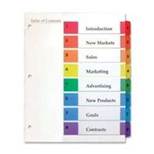
Collect the information and put it in a 1/2" or 1" white binder with insert covers. You can buy these at any office supply store in bulk, cheap. You are going to need them for other information (proposals, downloaded information, etc.), so have a few on hand.
Create a cover sheet that has the name of your company, your logo and your contact information on it, and put that in the front slipcover.
Use dividers to classify the information into a logical, easily accessible order. You can use the order shown in the "Presentation Package" section above (Executive Summary, Plans, Building Budget, etc.).
It doesn't matter whether you are a veteran builder or a novice, a new customer or the fourth generation to do business with the bank, your business loan represents a risk to the bank. You can reduce the perception of risk by demonstrating to the lender that you have done your homework. Your prospects for receiving the loan will be greatly enhanced and the time frame for approval and closing will be considerably reduced if you have everything ready to go from the initial interview.


